How to shop in V.League
As usual, at the time when V.League is about to end, clubs plan their personnel for the new season. The rapid changes in the professional league system, with unstable investment from bosses and sponsors, have caused V.League clubs to quickly change their positions. A team that is on the brink of relegation or has just started playing in V.League is fully capable of competing for the championship, thanks to the strong financial resources from investors.
In the opposite direction, 180 degrees, many teams in the top 5 or even runner-up last season can be relegated the following season just because of the lack of attention from the accompanying "Sponsors".
V.League enters a bustling transfer period.
In Vietnamese professional football, the concept of financial fairness is a luxury. If anything, the area related to money is only quantified by the average operating budget of the season of clubs at 3 levels: low, medium and high. In which, a team in V.League is considered... poor when it only ensures a budget of 50 to 80 billion VND. Mid-level clubs will have about 80 - 100 billion VND for transfer activities, operating the entire season for the first team as well as training young resources from U17 to U21. For teams that want to compete for the championship, the financial potential for each season must be from 100 to 150 billion VND. There are even cases where up to 200 billion VND is spent, with the aim of quickly "turning into a dragon" in V.League.
It is a fact that, apart from a few clubs with a tradition of developing youth football, with successive generations following each other, most teams, if they want to "take a shortcut", choose the same formula. That is, recruiting V.League stars as quickly and as much as possible. Nam Dinh Club cannot win the championship for two consecutive seasons if it only relies on young players developed by the local Department of Culture, Sports and Tourism. Hanoi Police Club cannot immediately win the championship after being promoted to V.League if it relies on resources from playing in the First Division, in the uniform of the People's Police Club before the changes. They all follow the same path. That is, bringing as many stars to the team as possible with financial resources.
Hanoi and HAGL - clubs that are very strong in training young players at present - also have to rely on buying players heavily in the early stages of playing in the V.League. The story of Mr. Duc recruiting a series of Vietnamese and Thai players in 2003 or Hanoi FC getting "blockbuster" contracts in 2010 is a classic example of the formula for winning the V.League immediately.
Some come, some go
Back to the V.League transfer. The thought of players moving from team A to club B as free agents, with a salary of 50-80 million VND/month and a signing bonus of 2-8 billion VND/season is true. This has been happening widely and continuously in the V.League.
Regarding the transfer regulations, this is absolutely correct. Players with only 6 months left on their contract will be allowed to freely negotiate with other teams. Through brokers, representatives, companies or themselves participating in discussions with the club, they will decide on the next destination as a free player. Of course, the next club that recruits this player will not have to pay the transfer fee to the previous team, unless there are special contract terms involved.
Instead of spending a large amount of money on transfers, clubs can convince players with a contract with a high salary and a generous signing bonus. In fact, this has happened in the world . The deal of Kylian Mbappe to Real Madrid as a free agent, with a huge salary, bonus and signing bonus is a typical example.
However, it cannot be said that transfers between clubs in the V.League do not occur. In the context that many stars still have contracts with their home teams, the clubs that want to recruit them often accept a method. That is, buying back the contract between the player and the corresponding home club. However, this transfer sometimes does not happen in the form of bilateral negotiations. It is known that some clubs choose to go through the player to liquidate the contract themselves, to avoid being rejected by the home team or having a high-value contract termination clause.
However, this is not the legal way according to FIFA transfer regulations. Because, only at the last 6 months of the contract, the player is allowed to negotiate with the new team. Obviously, not many players accept to liquidate the contract with the current club, without receiving a signal from another destination. And clearly, if this story is pushed to a tense level, the approaching club and the player involved can completely face heavy punishment from FIFA.
Learning from the risk of breaking the law, coaches or management boards at V.League all rely on different relationships to learn about the contract term, revolving around the player or position they are interested in. After receiving information or a "quote" about that player, they will consider promoting, based on different relationships to realize a transfer deal. This story is essentially similar to the way foreign clubs send scouts to learn about players. Based on the information obtained such as quality, adaptability, contract term, and benefits, the teams will proceed to the next step of negotiation.
The problem is that clubs with good players that other clubs are interested in signing don’t make any profit. They can only break even by not having to pay a signing bonus if the player chooses to leave early. They can even lose the player for nothing if he leaves as a free agent. All a club can hope to get in return is a clause that covers the costs of developing young players. But even then, the amount they get back is too low.
In the context of clubs not having much revenue, transfer fees can be considered a resource for them to maintain operations and promote youth training. However, this number is often still at zero.
Lucrative, but competitive market
There are many cases of becoming brokers or even better, player representatives (even without FIFA certificates) present in the transfer market of V.League. Their purpose is to rely on relationships to attract players to the teams that need to recruit. In return, they will receive a "commission" for their brokerage efforts.
The figures range from good to generous. However, because of this, competition in the transfer market for “brokers” has also increased significantly. Not only do they have to confront brokers in the same segment, they also have to confront “super brokers” in this field regularly. Of course, the losing side will belong to brokers with less influence, knowledge and relationships.
Source: https://cand.com.vn/so-tay-the-thao/dang-sau-chuyen-nhuong-ov-league-i773230/


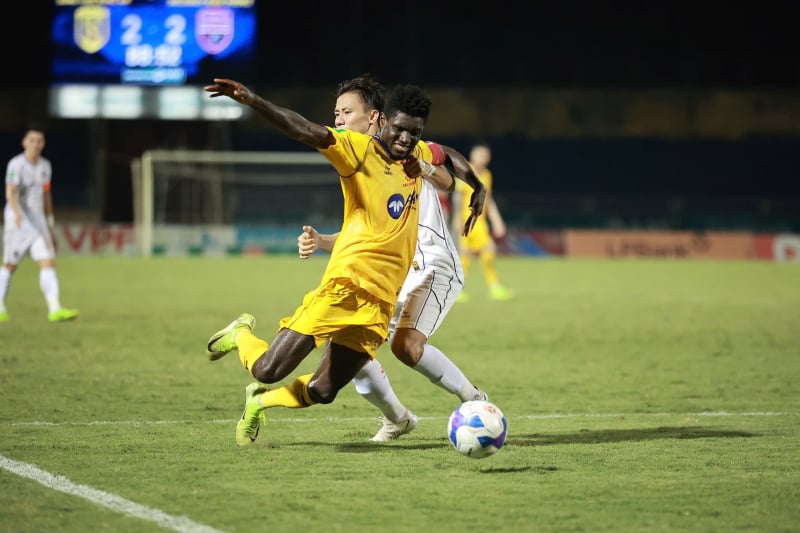
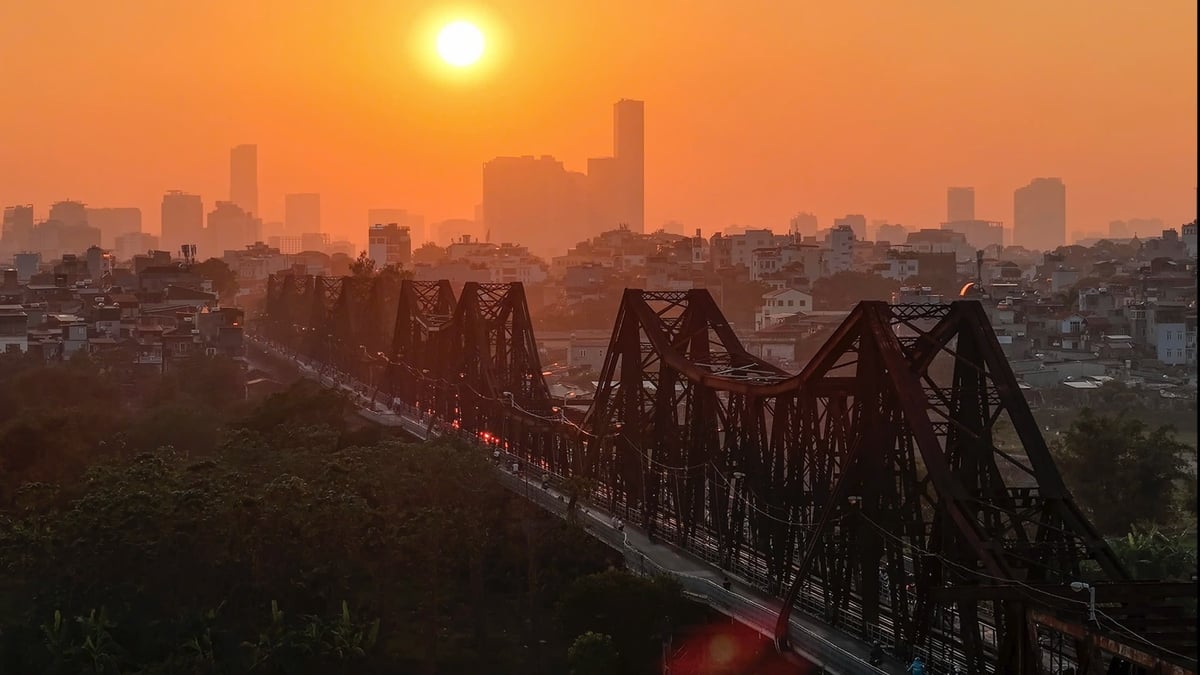
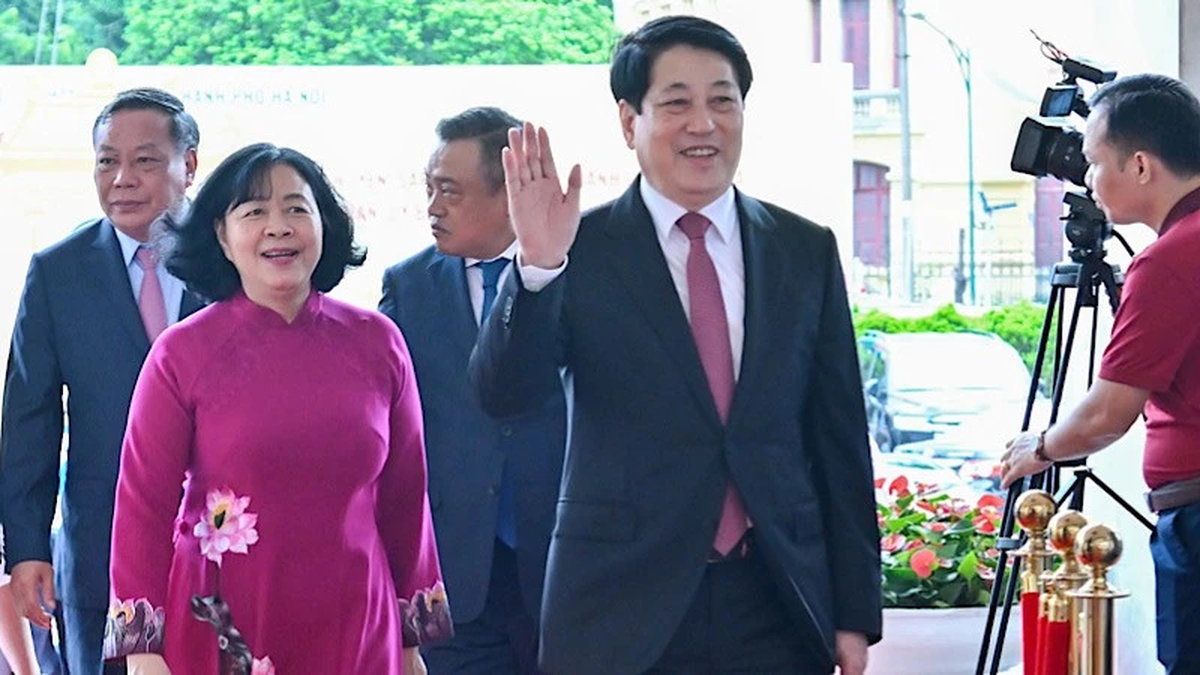


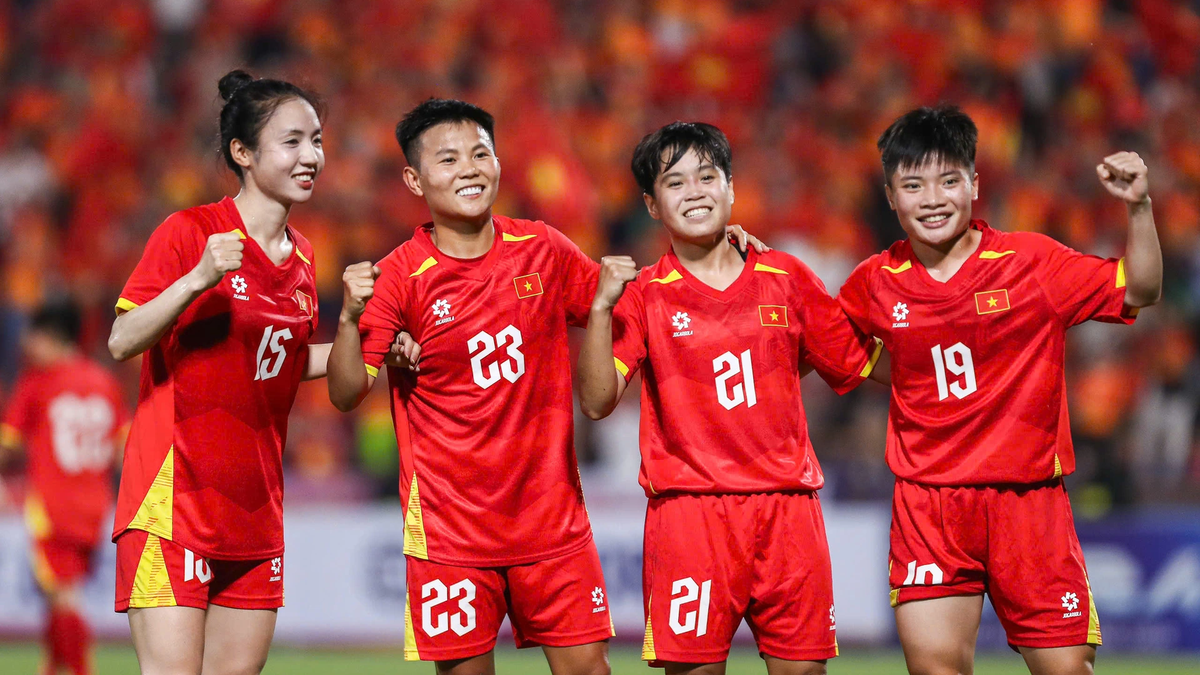
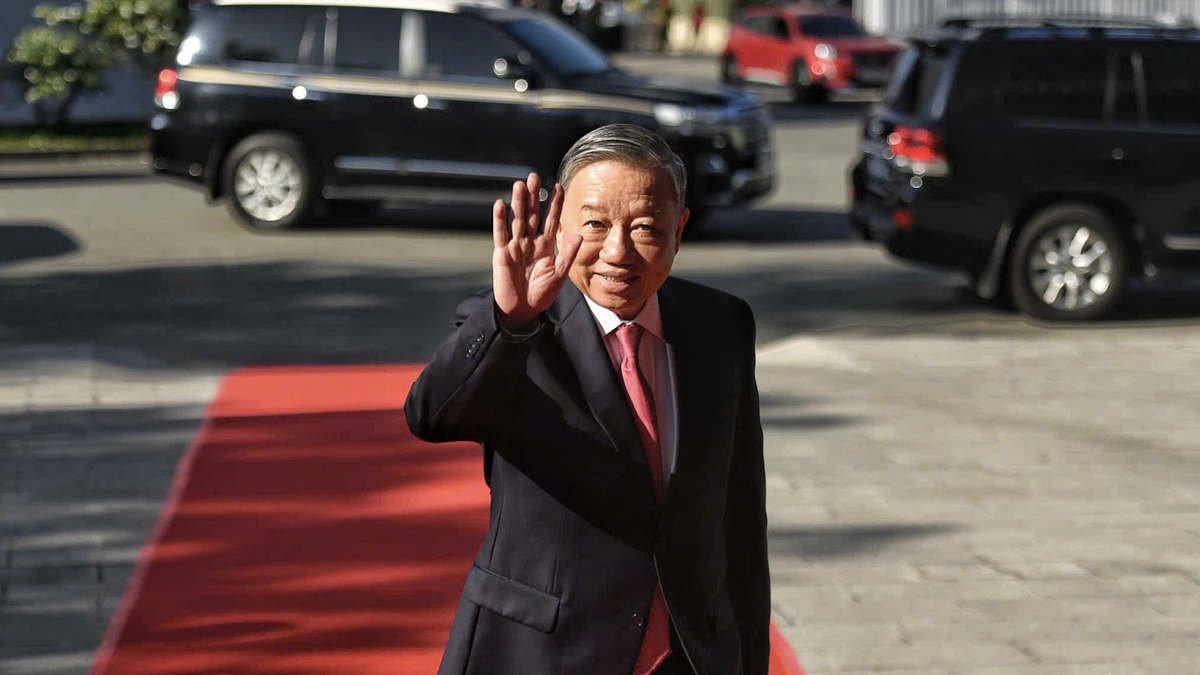
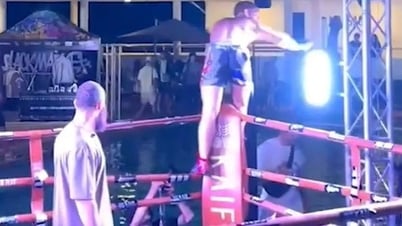



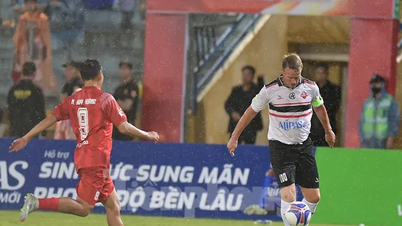










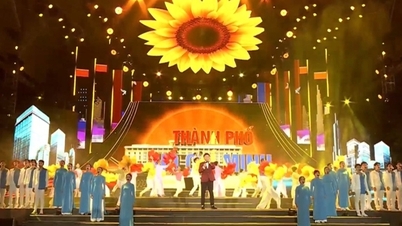
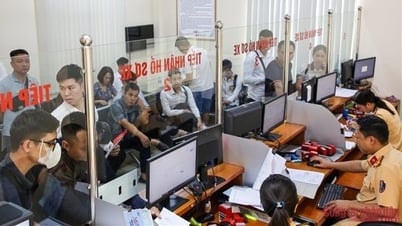

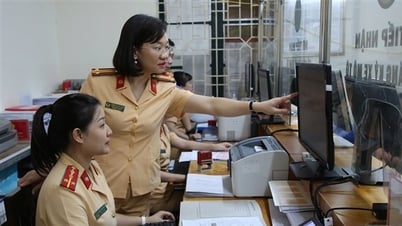
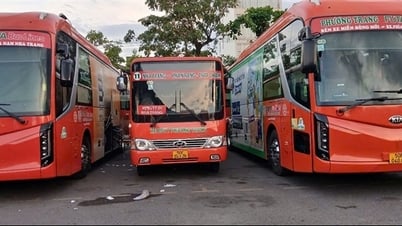
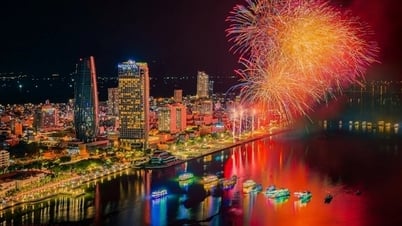
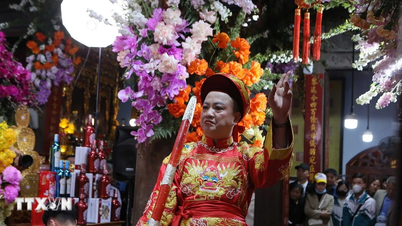

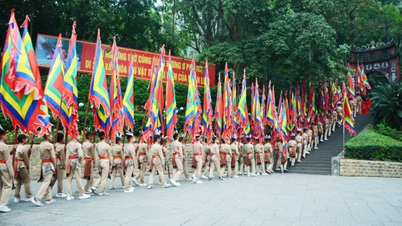

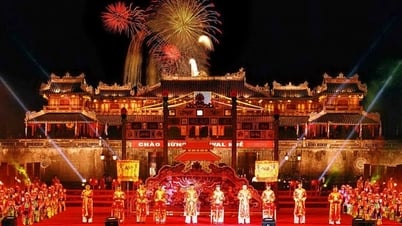

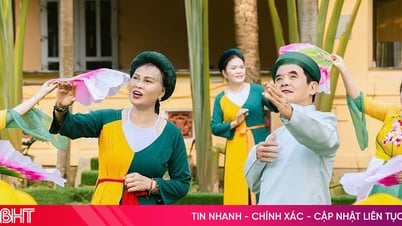





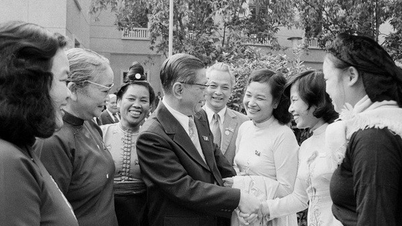






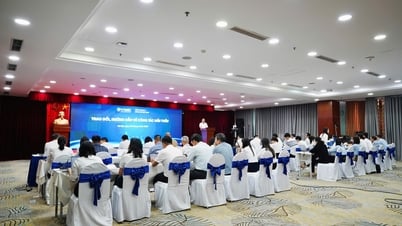

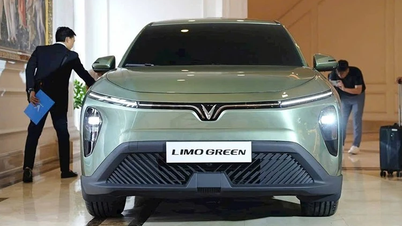


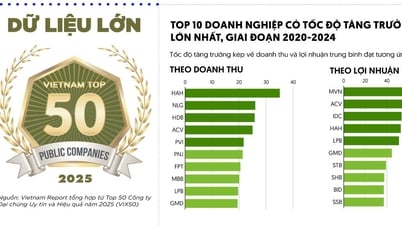

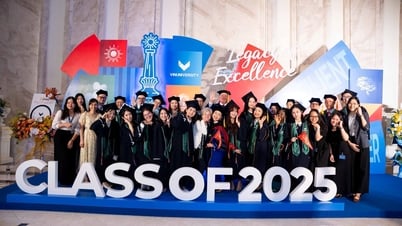
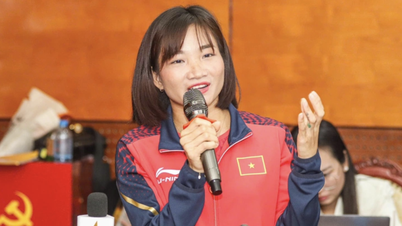
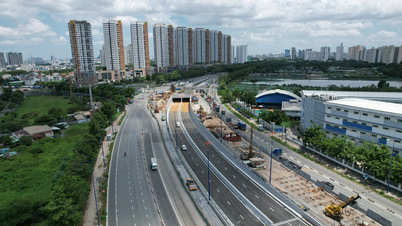

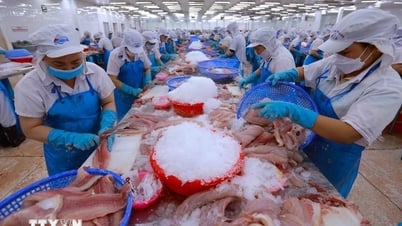

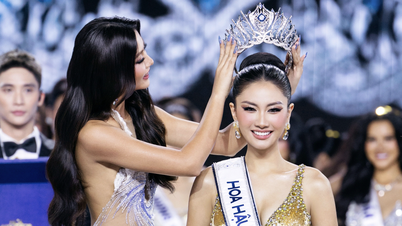


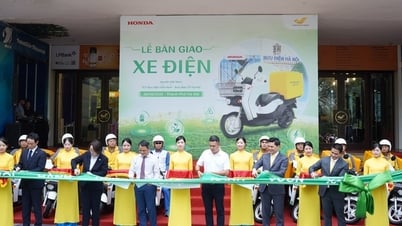

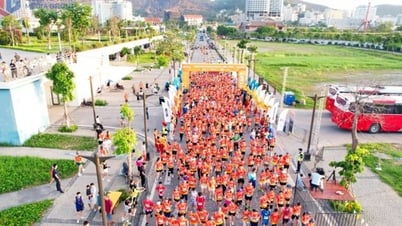
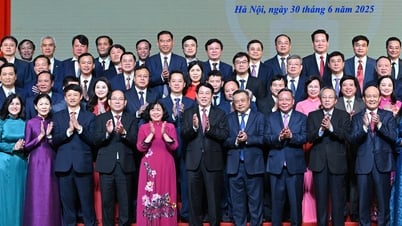

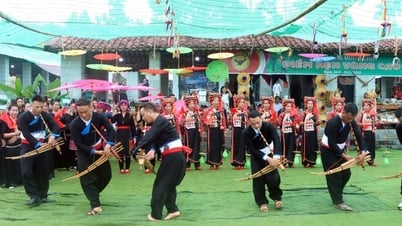
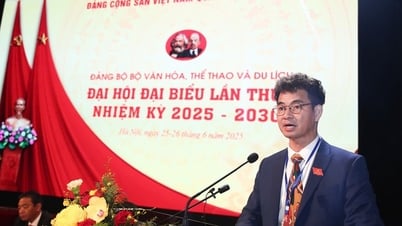


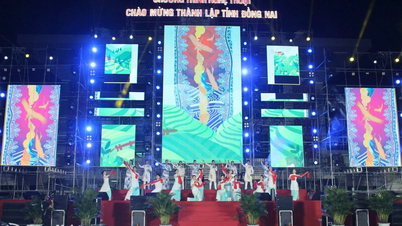

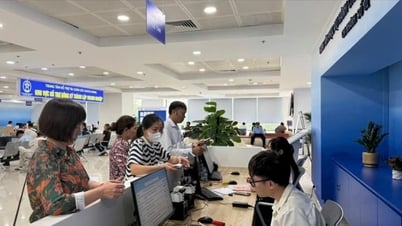

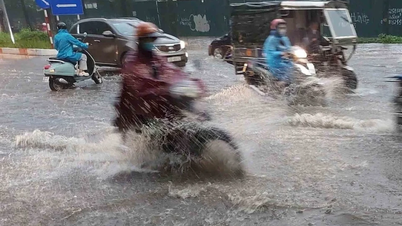












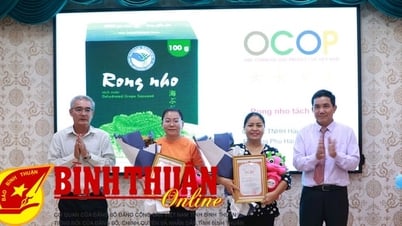

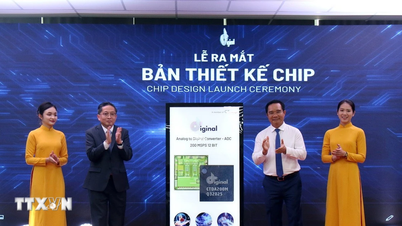

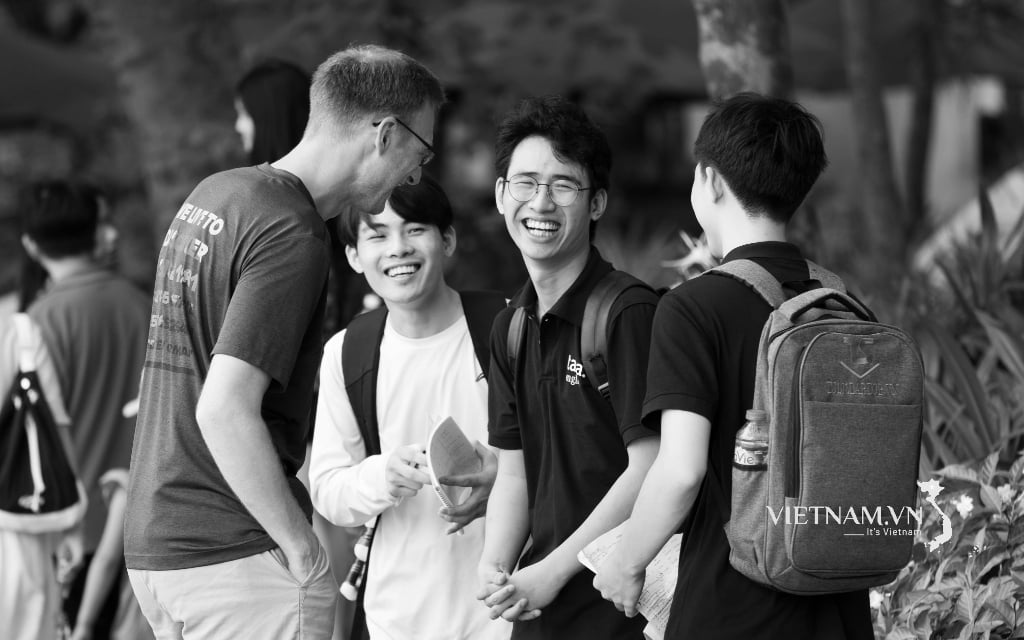



Comment (0)